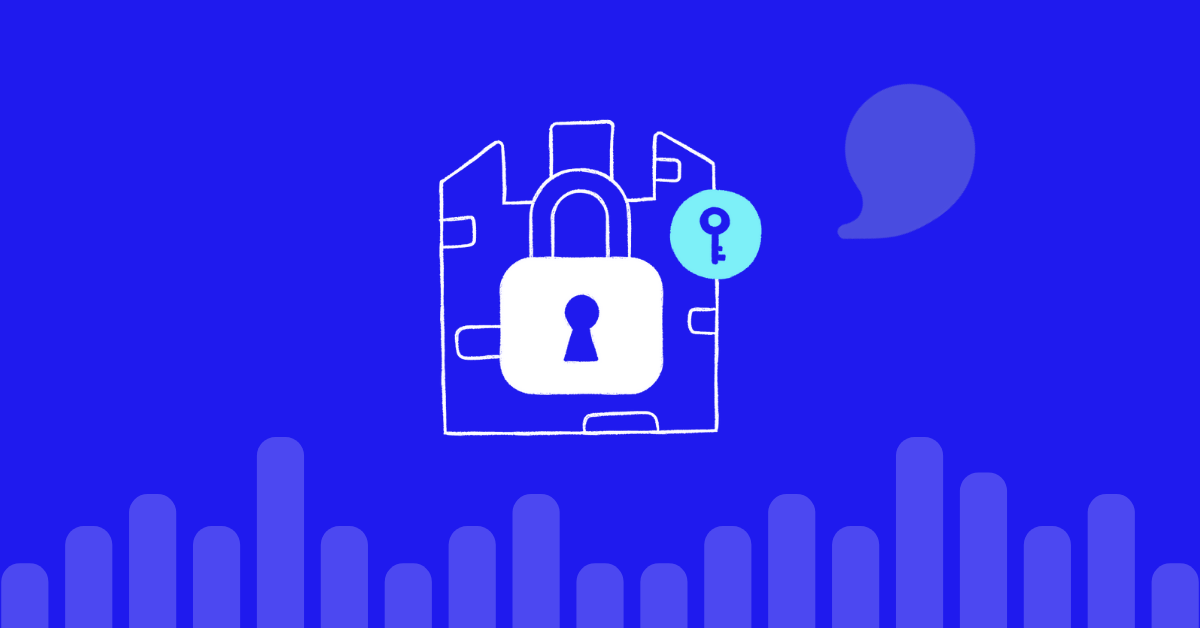
Table of contents
Disaster recovery isn’t the highest priority for most businesses but it really should be. Whether you use the term disaster recovery or emergency management, the gist is the same. If or rather when something goes wrong, is your business prepared for it? How long can you keep working with less than usual resources? How quickly can you resume service to your clients?
Unfortunately many organizations realize the need for a comprehensive system for recovery only in the middle of a crisis or in its aftermath. But planning, forethought and budgets are needed to setup and test an effective backup system. Planning for a disaster or emergency is a large scale effort and long process. You need to think about each and every process, all your assets and data in your company.
Once you know what to protect, it’s time to create an effective recovery program. A good program protects people, technology and data. It should also help you get the business back on its feet as soon as possible after the crisis. A good disaster recovery plan should cover all the risks a business may possibly face – from fires or floods to losing power or even a malicious attack by hackers on the IT systems.
Communication – Key to Quick Recovery
Panic and confusion are par for the course during a crisis but imagine the situation if you can’t communicate with anyone. What happens when the phones go down during a disaster like a snowstorm? The best laid recovery plans crumble into dust when you have no way to send a message for help, figure out what to do next or even find out if all your employees are safe. You may have detailed strategies and procedures on who should do what for every situation. How do you put that plan into action when you can’t communicate with each other or the outside world?
Your communication system should be the cornerstone of any disaster recovery planning. You need phones that can work reliably during a crisis. But all too often, the communication network goes down along with all your other systems. So you need to have an emergency management plan for your phones too! Now that we know how important the phones are during a crisis, let’s look at how we can keep it going during those stressful moments.
Have Alternatives in Place
The first and perhaps most important rule for disaster recovery is pretty simple – always have a plan B. No matter how carefully detailed your plan is, sometimes it will fail. It’s only a matter of when, not if. Whether it’s your communication system, data network or server room, always have an alternative available. This can be something as simple as using mobile phones if the landline goes down. Of course the backup plans for more sophisticated systems will be more comprehensive and require more resources to implement.
If you are already using a hosted VoIP solution, you might have a built in plan B. Some reputable providers like VoIPstudio let you route calls to a specific landline or mobile in case of an emergency. Normally if your office experiences a disaster like a fire or even loss of power, the phones won’t be usable. But you can still make and receive calls at an alternate location with hosted VoIP! It could be a number at another office, a designated mobile device or anything else that is not in the same location as your office.
Check that Your Plans will Work When it Matters
The second part of disaster management is to make sure your backup options are working. They should also work during a crisis. How do you find that out? It’s pretty simple – just check it. And keep checking it regularly. This applies to any system but more so for your phones. While you can’t recreate some scenarios easily (you don’t want to actually set fire to your office!), others can be simulated to see if your plans work.
For instance, turn off the power to your phones and see if the backups are working. If you have mobile devices as a backup, make sure they have extra batteries and are charged up. Since hosted VoIP needs the Internet to function, check that your backup and recovery plans for Internet kick in correctly when a problem crops up. If your systems are setup to automatically hand off to a secondary server or data connection, make sure they are working as they should.
Communication is the key to disaster management but you also need to keep your business running in a crisis. You have to stay in touch with clients, answer incoming calls and handle customer complaints. You can’t do any of that if your phones aren’t working. So whether you have a hosted VoIP solution or run your own SIP implementation, always have a plan B.
Read this post in: Español
More from the blog
Want to improve your business communication?
Unlock enterprise-class call center power at affordable prices – no hardware, no delays, no surprises!






